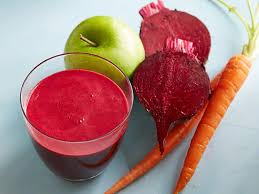Dealing with cockroaches can be distressing, but you don’t need to resort to harsh chemicals to tackle the problem. Create a simple, effective, and natural cockroach trap at home with everyday items. Here’s how you can make a safe and natural remedy to keep these pests at bay.
Materials Needed:
- A large glass jar
- Petroleum jelly
- Bait (such as coffee grounds, sugar, or bread)
Steps to Create Your Cockroach Trap:
- Prepare the Jar: Take a clean, large glass jar. Cockroaches can climb many surfaces but have trouble with smooth, vertical walls. Glass is ideal for this purpose.
- Apply Petroleum Jelly: Smear petroleum jelly along the inside rim and about 2 inches down the inside of the jar. This creates a slippery surface that prevents cockroaches from escaping once they fall in.
- Set the Bait: Place your chosen bait at the bottom of the jar. Coffee grounds are highly effective because they attract cockroaches with their smell. You can also use a combination of sugar and bread to lure them in.
- Position the Trap: Place the trap in areas where you’ve noticed cockroach activity. Common places include under sinks, behind appliances, and near trash cans. Ensure the jar is stable and won’t tip over.
- Check and Dispose: Check the jar daily. Once you’ve trapped a number of cockroaches, dispose of them by filling the jar with soapy water, which will kill them. Clean the jar thoroughly if you plan to reuse it.
- Repeat if Necessary: If you continue to see cockroaches, keep using the trap until you no longer notice any activity. It’s a good idea to use multiple jars around your home for better coverage.
Additional Tips:
- Regular Cleaning: Keep your home clean, especially the kitchen, to reduce food sources for cockroaches. Regularly take out the trash and clean spills immediately.
- Seal Entry Points: Cockroaches can enter through tiny cracks and crevices. Seal any potential entry points like gaps around doors, windows, and where utility lines enter your home.
- Dry Areas: Cockroaches need moisture. Fix leaky taps and don’t leave standing water anywhere in your home.
This homemade cockroach trap is a safe and effective way to deal with infestations naturally. By reducing your reliance on chemical solutions, you create a safer environment for both your family and pets.










